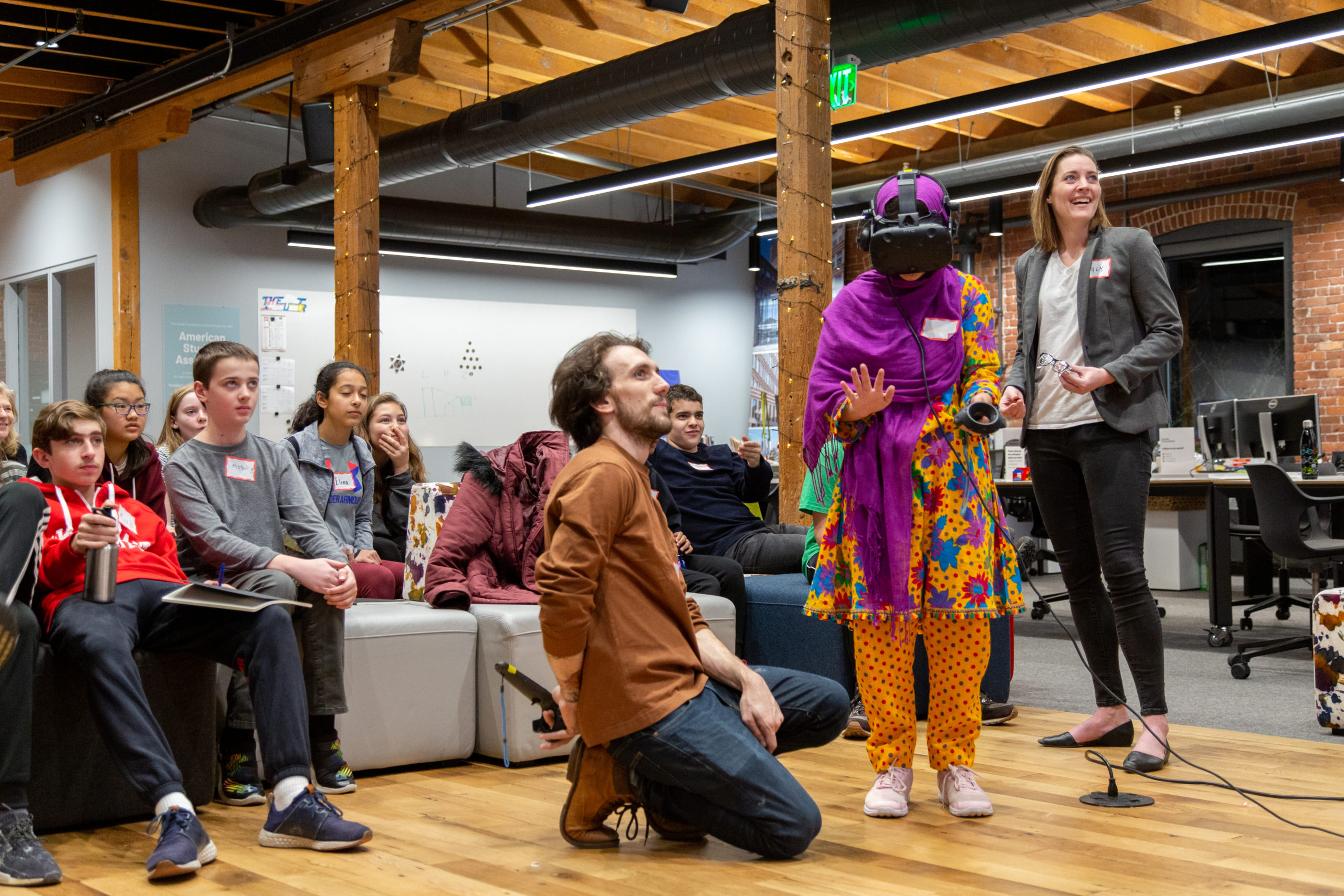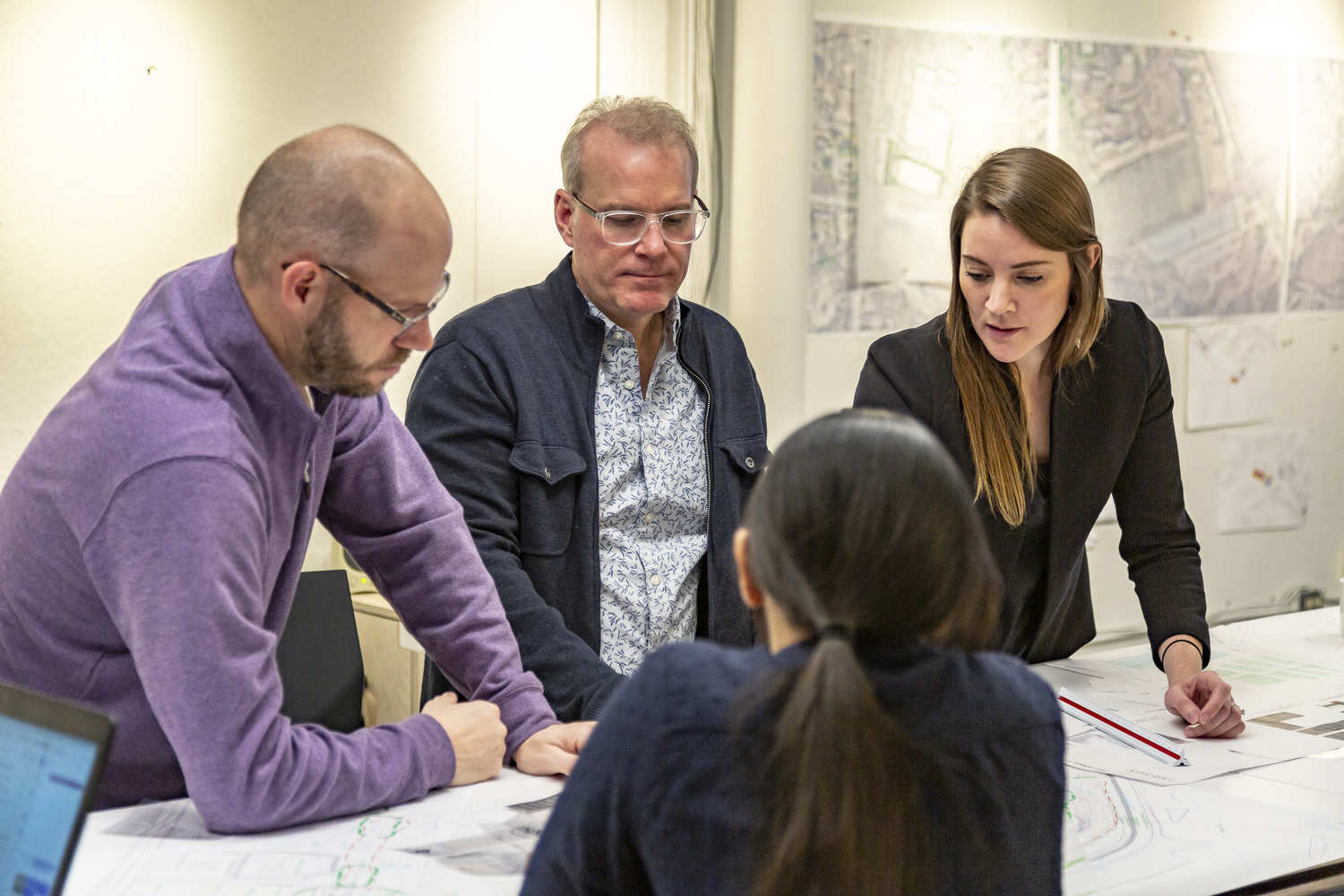Colgate’s Ice Arena Shows Commitment to Athletics
“Our goal was to make this facility exciting from the moment you drive up to the entry on game day to the drop of the puck and final buzzer," says architect and principal in charge, Bill Massey
 Sasaki
Sasaki

This article originally appeared in Athletic Business magazine in the October 2020 Facilities of Merit issue as a Personal Best column article.
As an architect and a former collegiate athlete, I look forward to the Facilities of Merit™ edition of this magazine each year. In 2018, I was thrilled to be invited to join the judging panel for the Facilities of Merit program. I grew through that experience, spending full days reading submissions and engaging in group conversation with fellow designers.
It was especially rewarding because there were several women on the panel that year, and I felt myself reflected in a way that I rarely do within the spheres of architecture and collegiate athletics administration. In the years since, I have thought a lot about how to create more opportunities for women and people of color to enter and thrive within our wonderful, niche industry.
We are an industry made up of competitive leaders, athletes, and sports and wellness enthusiasts. More than most, we understand the power of diverse teams. But we can do more.
I’ve always been competitive, but as a kid I was introverted and painfully shy. Team sports became the perfect outlet for me to contribute, learn and build relationships in an inclusive setting. I was blessed with coaches and mentors who were focused on my individual success as well as sustaining positive team dynamics. They rounded out my education beyond the classroom.
After playing sports year-round and lettering in four different sports in high school, I found a passion for basketball and continued to play competitively throughout design school at Roger Williams University. Constantly going between the design studio and team workouts, I sharpened skills that helped me in both basketball and design: developing technical excellence, honing interpersonal skills, understanding context and my part within a larger whole, and developing endurance.
When I joined the professional world, I knew I wanted to focus my career on designing wellness environments for athletics and recreation. I sought out firms that had specialized teams focused on designing venues to both optimize peak athletic performance and cultivate an intimate spectator atmosphere — no matter the venue size. I also carefully considered the people at each firm, looking for potential teammates, mentors and coaches.
What I saw then is still true today. There are few women — and even fewer people of color — who design athletics and recreation facilities or who make the key decisions as clients. The end-users and communities for whom we design these facilities, however, tend to be much more diverse — both in terms of race and gender.
Over a decade into my career, I have seen directly how my particular vantage point as a former female collegiate athlete adds tremendous value to my work as a designer. Our industry would certainly benefit from allowing more designers from different backgrounds to bring their perspectives to the mix.
I’ve been fortunate to have worked with some incredible leaders and inclusive mentors that thrive on team success, no matter our respective demographics. When I think about my experience as a woman in a particularly homogenous sector of architectural design, it has been an incredibly positive one, and I would love to see more people have the opportunity to discover this path.
Today, we’ve reached an inflection point within the architecture industry, recognizing that diversifying the profession is not only an objectively important social good but also a strong business imperative. As a global architectural design practice, we are seeing more and more clients ask for diverse teams — which I believe is a very good thing.
So how do we do better?
Based on my own experience, I propose these four steps toward improving opportunities in sports architecture for underrepresented populations.

We have agency to actively promote careers in design among youths within our communities. Last year, I had the opportunity to design and lead the curriculum for the inaugural Sasaki Foundation Design Mentorship Program, sponsored by American Student Assistance. This program invites eighth-grade students from an ethnically diverse local middle school to learn about design. Through hands-on activities and workshops, students are exposed to different aspects of architecture and planning.
The goal is to inspire youths from backgrounds traditionally underrepresented in design to consider the design profession. Both the youths and the designers benefit from the program, which offers fun ways for professional staff to engage with our community and provides refreshing, rewarding opportunities for rising talent to develop leadership and mentorship skills.
Sasaki is a key sponsor of the Sasaki Foundation and its mission of bringing greater equity to the field of design. While not every firm has a close partnership with such an organization, firms can establish youth programs with partners such as ASA through investment of funding and hours.
As leaders in the sports design field, we have the ability to increase junior professionals’ exposure to growth opportunities. My career has certainly benefitted from clients valuing different perspectives and firm leaders advocating for my voice to be heard within a traditionally male-dominated field.
Often, when asked to supply panel attendees, thought leadership authors or keynote speakers, many of us logically default to choosing those who have the most experience and expertise. However, to expand the pool of experts, we can deliberately supplement these go-to voices with a variety of perspectives from people of more varied backgrounds. Advocating for these professional development opportunities for up-and-coming talent — and supporting young professionals to succeed in them — will help produce a more diverse cohort of future leaders over time.
This next group of cultivated talent will better represent perspectives reflective of rapidly diversifying end-user populations — a change that I believe will ultimately lead to better design and stronger business results.
Strong leaders that are capable, ready and committed make the best mentors, setting positive examples for future leaders to stay focused. The most positive coaching experiences I’ve had personally and professionally have come from people who offer both opportunities and support. They create occasions for intentional exposure to new challenges and speak candidly about advancement opportunities.
Confident leaders are able to give constructive feedback and follow through with tangible next steps for future growth, recognizing that development is not a straight path to the top. Most importantly, they can separate their goals and success from those they mentor.
If we commit to recruiting, retaining and cultivating talent that does not necessarily mirror today’s leadership by expanding the pipeline of talent and taking advocacy and mentorship seriously, I believe we have the winning play for diversifying the makeup of the sports design field. It will take time, but we absolutely can accelerate change by training our current teammates and powerful future recruits right now, remembering to pass along cultures of positive coaching and teamwork vital to individual and team success.